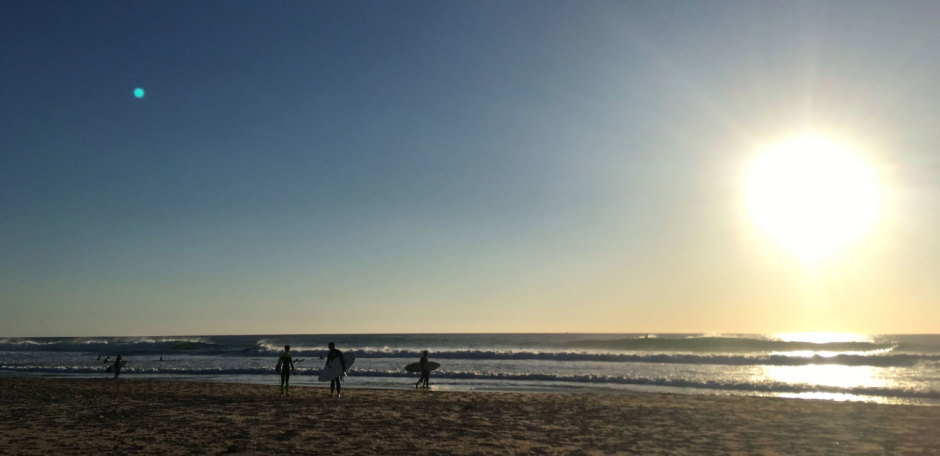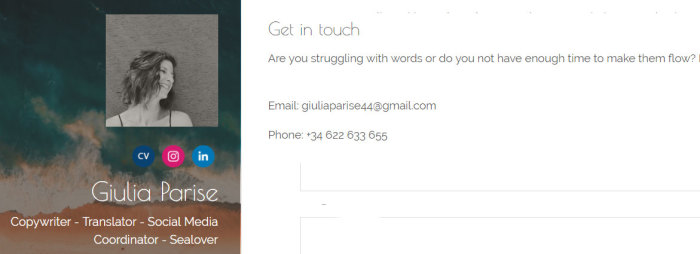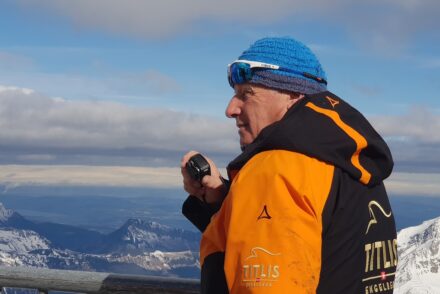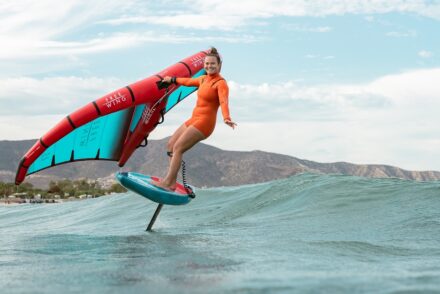by Giulia Parise
Sad but true, even after two months of classes I wouldn’t even dare to say „I surf“. In my world two months of trying feels like an eternity, but in terms of surfing, it’s not. Well, actually it’s not even so sad, because the first thing I realized is:
Surfing is not a sport that you learn within two weeks, it takes a lot of time and practice to get there. And even then, you never stop learning and improving. (The title at this point would have to be 5+1 things I learned!)
That being said, if you were looking for tips from people who really know, I recommend this introduction into surfing from the Surfgirlmag or these useful tips for surf beginners from Inertia. Surfing of course is an active sport but it never hurts to read about it or watch videos to get more impressions.
As a surf newbie, I’d like to share my first impressions with you. In the end somebody who already knows might have forgotten about the small obstacles that a beginner notices and struggles with. I made that experience a couple of years ago in Australia. I always wanted to learn to surf, but I wasn’t one of those lucky kids who get to stand on a board almost before they walk. So when I went to Australia I thought: as I’m already here, where surfing is a national sport, I have to try it!
Get into surfing – the wrong way
I took a 2 hour class in Surfers Paradise, motivated by a sign that said something like: „100% guarantee you’ll stand on your board in 2 hours or you get your money back“. You can imagine, though, it was not really true. The waves were very strong, I didn’t do any work out at that time, so I was already tired when I finally got out there and I didn’t even get close to standing on the board. Also, I didn’t get my money back!
The right way
That was quite demotivating and obviously not the right way. Still, years later I gave it an other try in Barcelona. It is probably not the most famous surf location and in summer the sea is more than flat (forget about surfing and getting a nice tan). But, especially for beginners, it’s better to start with small waves to get into the feeling and understand the dynamics in the water. Flat days are great, too. To do theory and functional training to get fit for the day when the right swell comes. Believe me, it is definitely a lot harder if you’re body is still in sofa-mode.
Here are my conclusions:
1. Be patient
If you’re looking for a sport that you can do just whenever you feel like, surfing is not the one. At least if you don’t have the time/money to travel after the right places or if you don’t actually live there. In any case, you’ll learn to be patient. It’s impossible to control nature, so you’ll have to wait for the right conditions. That doesn’t need to be something bad though, with a little bit of creativity you can improve even while you’re waiting!
2. Get moving
I’m not a big fan of the gym, but I do have to admit that it is an advantage if you do prepare your body and if you have a certain level of fitness. Especially in the beginning you’ll probably spend more time paddling against the waves than doing anything else. I can tell, you’ll end up quite exhausted.
Another thing that you should work on is your balance. Yoga for example can help a lot: to focus on the movements of your body, to improve your equilibrioception and also to control your breathing, which is quite important in the water. That’s why a lot of surf schools and camps do offer yoga classes, too.
3. Alternatives (Skate, SUP, anything that has to do with a board really)
As I already said, you might be in the same situation as me: not living in the ideal location. If that’s the case you have to get creative. I have learned that there are many ways to work on your surf technique even if there are no waves at sight.
One alternative is SUP (Stand Up Paddling). If you want to go into the water anyway, then that’s probably the best option. SUP boards are usually a lot bigger than surf boards and have more volume. That makes it easier to stand on the board and you can even try to catch some waves with it. There are so many different ways to use a stand up paddle board: with waves, on flat water or in wild waters, doing yoga or pilates, etc. It is obviously not the same as surfing, but it will definitely not get boring.
Another option you could try is a surf skateboard. Thanks to the V-truck they allow you to do the same movements that you would do on your surfboard so you can practice and improve your technique even if you’re far away from the sea. Just be careful, asphalt doesn’t feel the same as water in case you fall.
4. Be realistic
It goes along with point one: be patient. Apart from patient you also have to be realistic. By now it should be clear that it’s not possible to become the next world champion within two weeks. So if you start by thinking in a realistic way and being aware of your capabilities, it’s more likely that you continue, don’t give up and especially: have fun along the way!
5. Enjoy
So far, maybe it didn’t sound very motivating to start surfing, that’s because the best comes last, enjoy! Enjoy being outdoors, enjoy the sea, enjoy that you’re moving and actually making use of your body. That may sound weird but many of us, following daily routines, don’t get to move as much as we should or would want to. So once you discover the difference you enjoy even more.
It’s actually quite nice that it’s such a long way, because you’ll give more value to the small steps. The first time you actually get up on the beginners board feels amazing. The first turn, the first time you understand how to read the wave, there are so many first times. If this already makes you feel excited, imagine what it is like to actually really ride your first wave!
For more information and text please contact Giulia Parise




